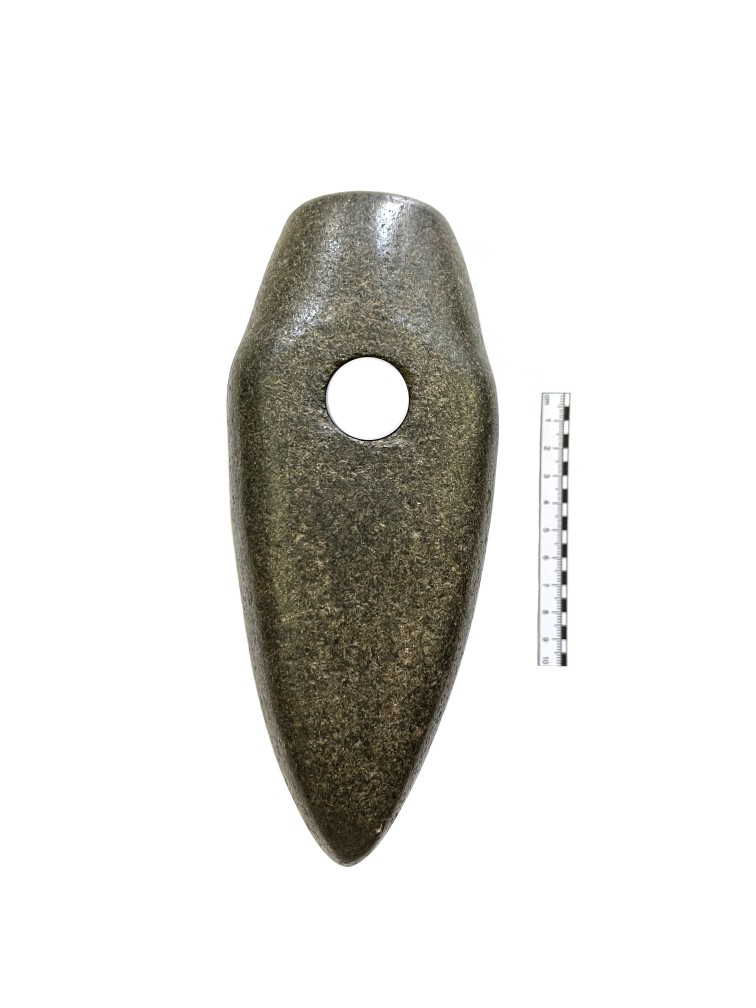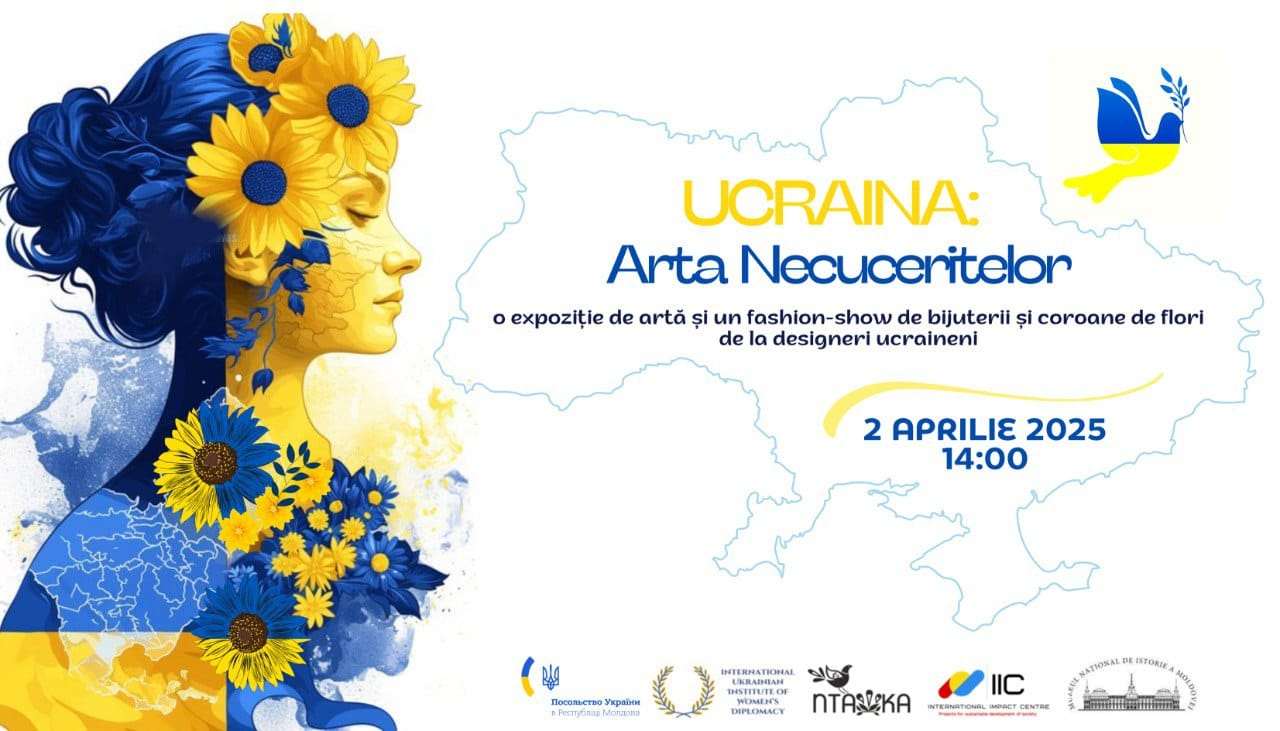  Events Archive Events Archive
Opening of the Exhibition “Wings of the Dream”
October 16, 2024
On October 16, 2024, the National Museum of History of Moldova, in partnership with the "Plaiul Soarelui" Foundation, and "The 'Planet of Charity' Association" opened the solo exhibition of artist Maria Radetskaya, titled "Wings of the Dream." The event took place at 1:00 PM in the ground floor hall of the museum, where 20 works reflecting the artist's distinctive artistic vision were displayed. The ceremony featured an encouraging speech from Lucia Argint, a representative of the Ministry of Education and Research of the Republic of Moldova, who emphasized the importance of integrating art into education and the profound impact that Maria's creations have on the community, inspiring and educating entire generations. Maria's colleagues and her art teacher also paid tribute to the artist's talent and dedication, thanking her for her significant contribution to the artistic life of the community. Ludmila Șîșchina, director of the Planet of Charity Association, expressed gratitude for Maria's work, highlighting the essential role of art in promoting empathy and solidarity in society. Participants also extended special thanks to the artist's mother for the support and encouragement provided throughout her artistic journey. These remarks enriched the event with warmth and inspiration, highlighting the interconnection between art and community.
Maria Radetskaya transforms her artistic vision into emotion, transcending conventional boundaries of art. Her works address a variety of themes, from the beauty of nature to the complexity of human emotions, with each piece becoming a story that provokes reflection and introspection. The messages conveyed through her art include nuances of happiness, sadness, nostalgia, and hope. A special moment of the event was the elegant waltz performed by Maria's colleagues, inspired by her work "The Dance." This initiative underscored the profound interaction between art and movement, celebrating the artist's creation and highlighting the potential of art to connect different forms of artistic expression. The exhibition will be open to the public until October 30, 2024, providing visitors the opportunity to explore the sensitivity and creativity of Maria Radetskaya.
|
 31 August 1989 St., 121 A, MD 2012, Chisinau, Republic of Moldova
31 August 1989 St., 121 A, MD 2012, Chisinau, Republic of Moldova


























































